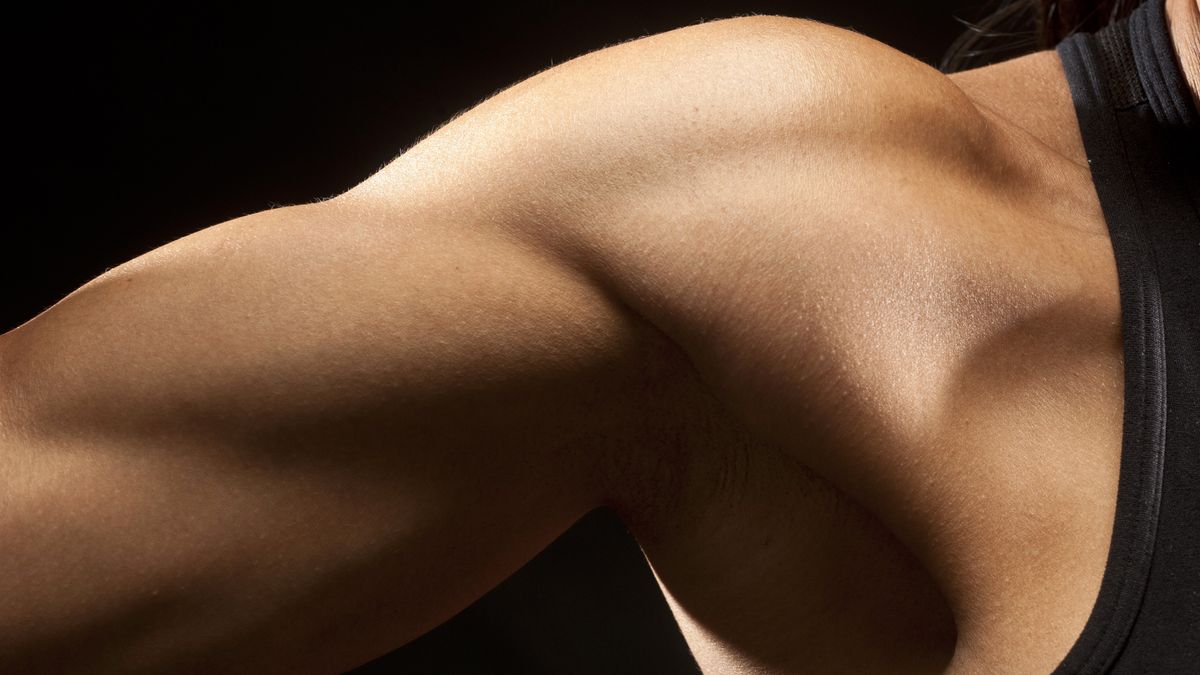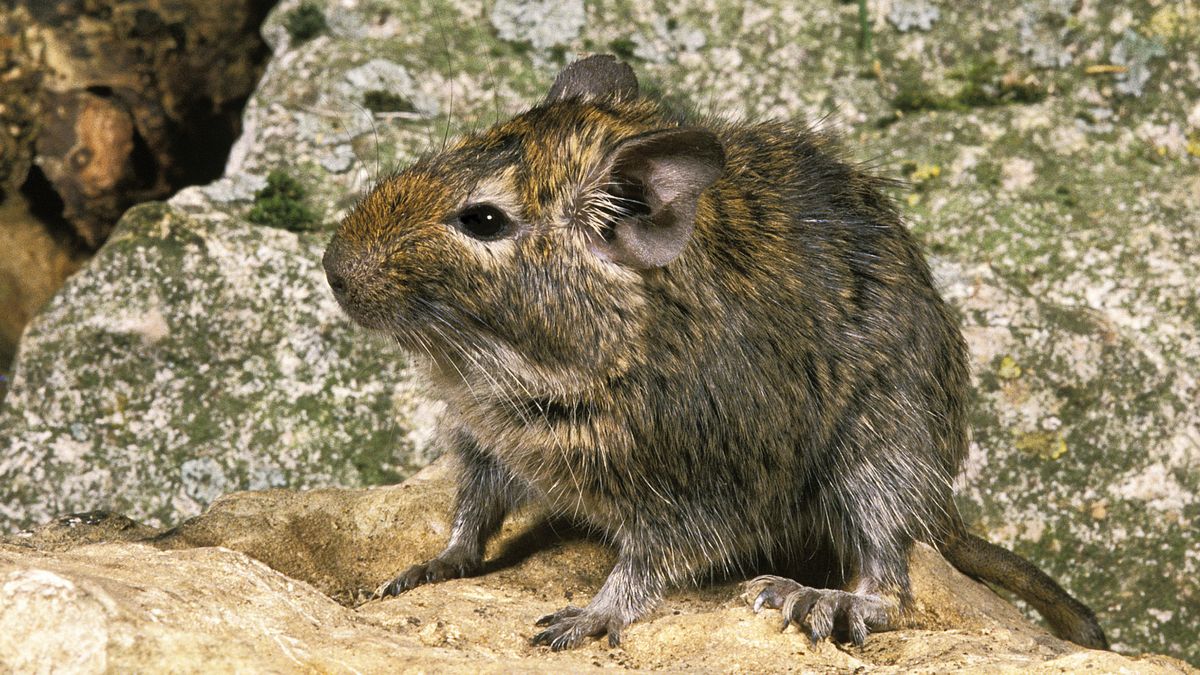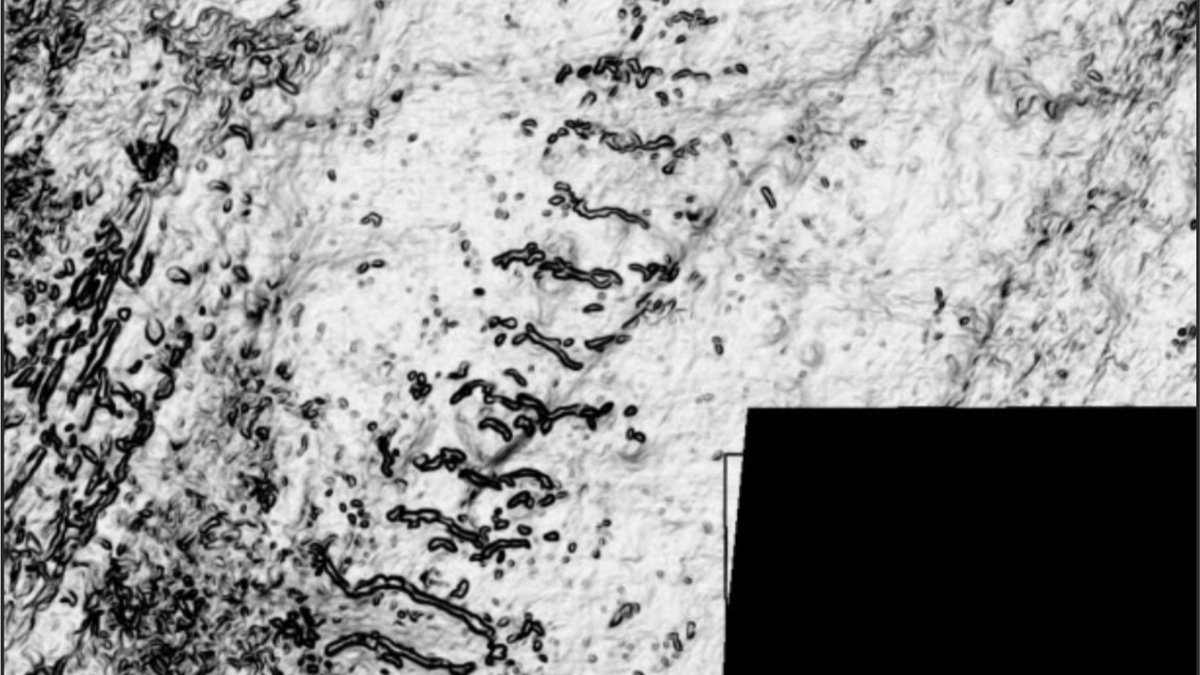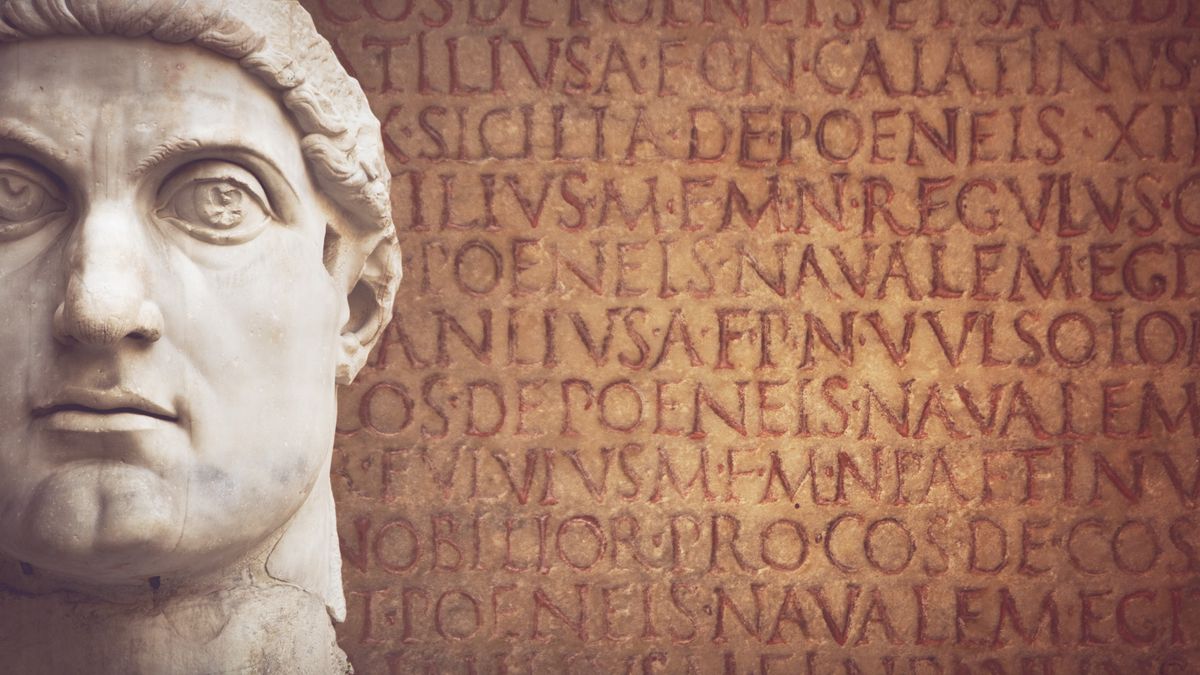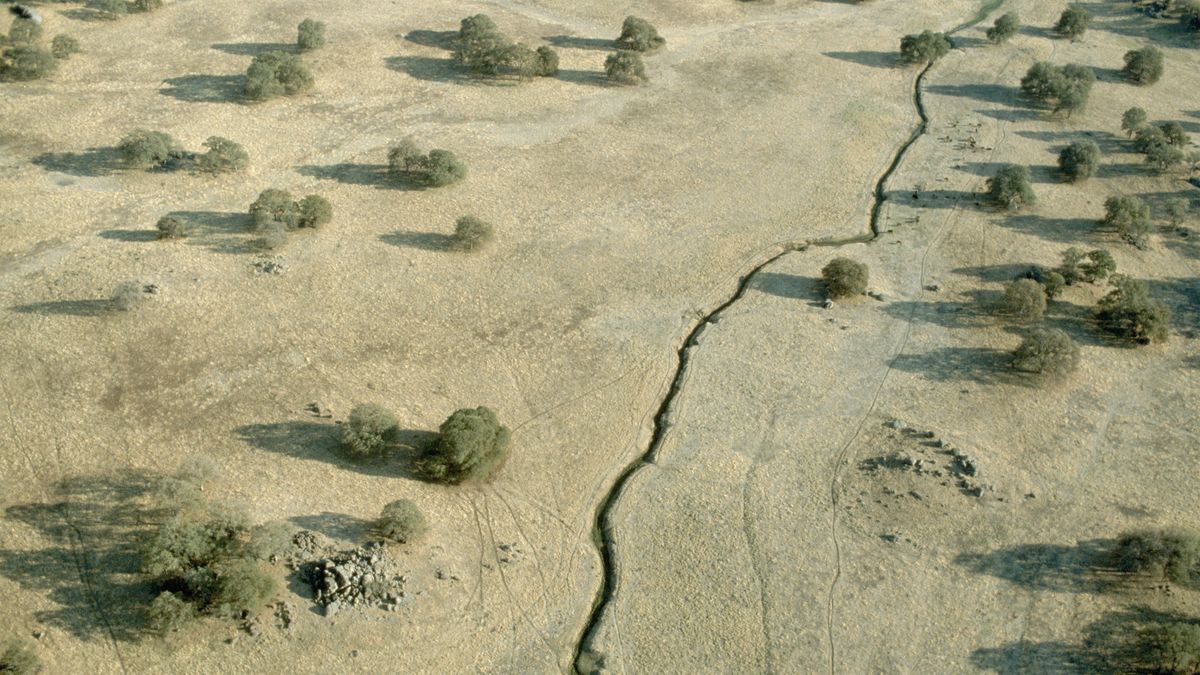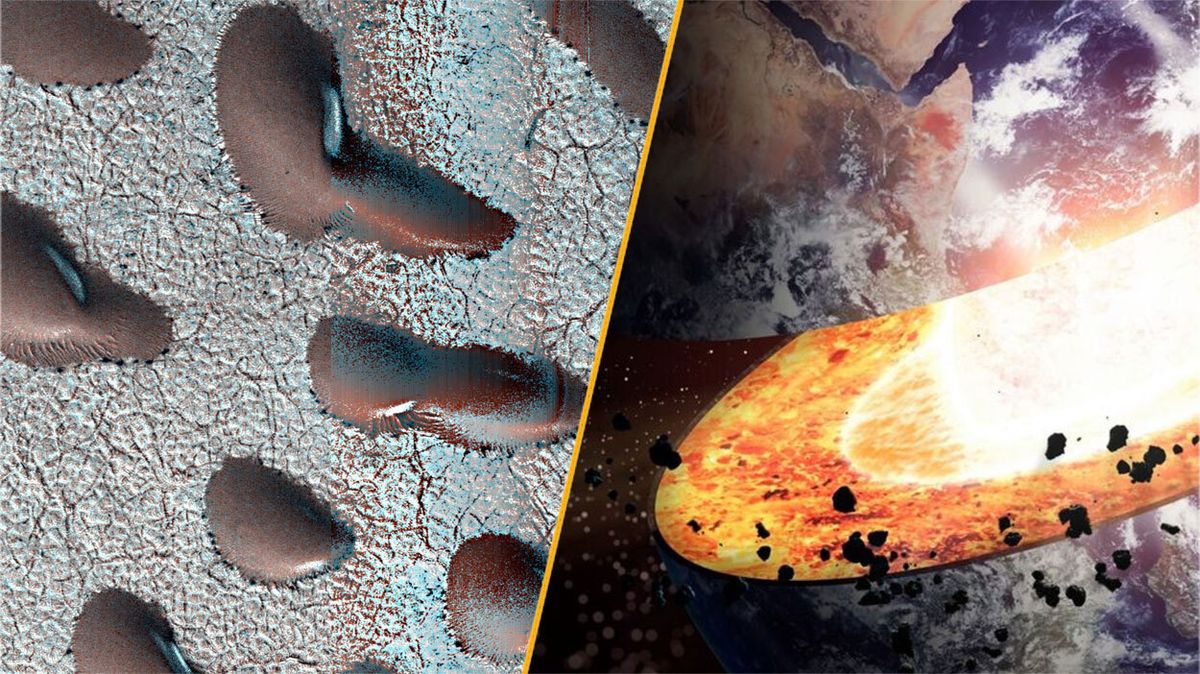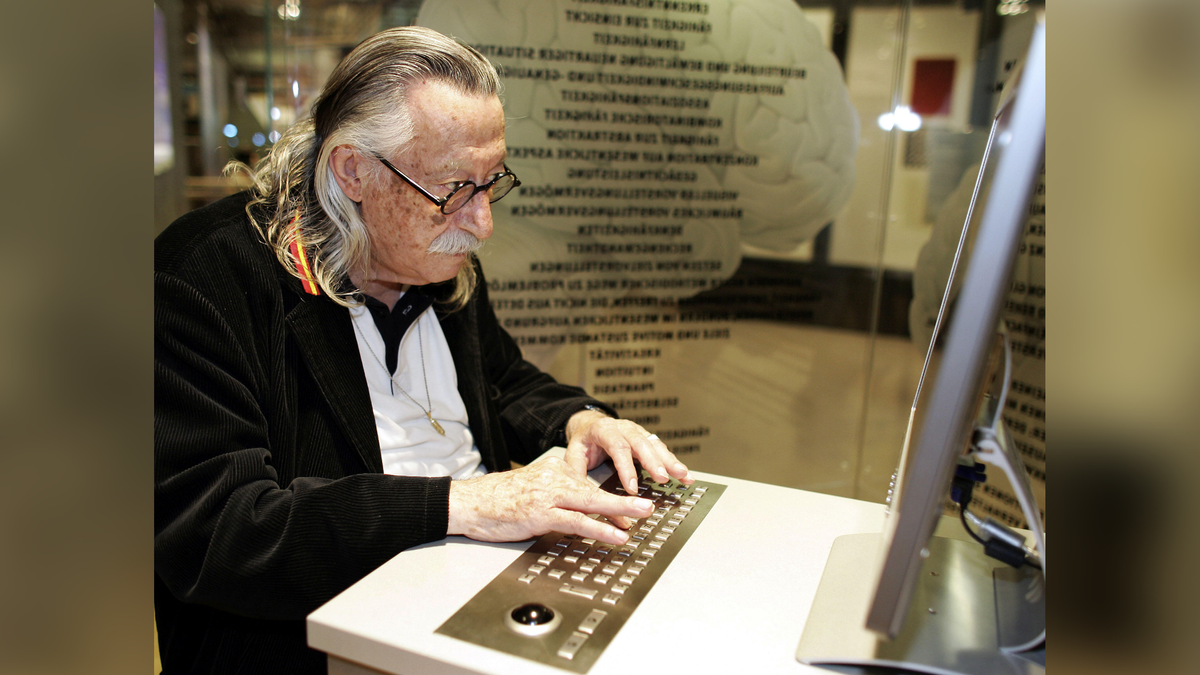While some organs, like the brain, work continuously, other body tissues, like muscle and fat, can enter an inactive state. Muscles are typically inactive except during exercise, and a special type of fat — called brown fat — activates only in the cold to help warm us up.
When on standby, these two tissues burn very few calories and thus have a negligible impact on weight loss. But there’s a notion that, if you build your muscles through exercise, those bigger muscles will burn more calories throughout the day. It follows that a person with a higher muscle-to-fat ratio would burn many more calories while at rest than someone with a lower ratio.
But does that extra bit of muscle really make a difference? And how does fat factor in?
How muscle burns calories
Calories are units of energy from food that power every bodily process, and the body stores an excess of them as fat. Most calories are broken down by continuously active organs, like the brain, heart, kidneys and liver, each of which burns 20 times as many calories as relaxed skeletal muscle.
Meanwhile, inactive muscle and brown fat use little energy: One pound (0.45 kilogram) of relaxed muscle burns 6 calories and the same amount of fat burns 2 calories in a day. But because muscle is one of the most abundant tissues in the body, it can burn a substantial number of calories when put to work.
Related: Why is it harder for some people to build muscle than others?
One study found that men who performed resistance training with hydraulic systems burned more than 12.6 calories per minute, and men who ran on a treadmill burned nearly 9.5 calories per minute — and that adds up quickly. By comparison, one pound of resting muscle burns only 0.004 calories per minute.
(Studies suggest that, when you adjust for body mass, there isn’t a significant difference in calorie-burning during exercise between the sexes.)
“The best way to burn calories in any given [workout] session would absolutely be cardio,” said Edward Merritt, a kinesiologist at Southwestern University in Texas. However, most people can’t find the energy to do intense cardio several times a week, so he argued that resistance training — which grows muscles by placing them under tension — is a more sustainable approach.
However, Merritt cautioned against the misconception that muscles getting larger increases the tissue’s calorie-burning metabolism, even at rest. According to myth, larger muscles burn more calories to maintain themselves, and each pound of muscle gained burns 50 calories per day while at rest.
“If you just lift weights and then sit on the couch, those muscles aren’t necessarily burning that many more calories,” said Gregory Steinberg, a metabolism researcher at McMaster University in Canada. However, “if you have more muscle, you will also be moving more weight around, and you’ll burn more calories because you’re doing more work.”
Growing muscles through resistance training can help people burn more calories when they exercise, Merritt told Live Science. That’s partly because big muscles tend to have more calorie-hungry fast-twitch fibers, specialized for lifting weights, rather than slow-twitch fibers built for endurance.
How fat burns calories
Most of our fat is “white fat,” which is not helpful for burning calories; it mostly stores calories, insulates organs and releases hormones that regulate hunger. But humans also have “brown fat,” which burns calories to regulate body temperature in the cold. This has led some to jump on the “ice bath” trend, which involves immersing yourself in frigid water in pursuit of various benefits, including calorie-burning.
But when you compare how efficiently brown fat and muscle burn calories, the results aren’t impressive: Brown fat burns only 2 calories per day when inactive, and it would burn 20 additional calories during 90 minutes of cold exposure. The same number of calories can be burned with two minutes of muscle-activating exercise.
People probably don’t have enough brown fat to leverage it for weight loss, Steinberg added. Most studies of brown fat’s response to cold are conducted on rodents. Compared with people, he said, rodents have more brown fat to compensate for their small bodies that lose heat easily.
Ice baths may burn extra calories by inducing shivering, rather than activating brown fat, Steinberg suggested. Rather than taking ice baths, some people exercise at cold temperatures, but Merritt cautioned the practice. “If it gets too cold, you limit your blood flow to areas that might need it and it limits your ability to perform the exercise,” he said.
One factor that’s not fully understood is that people who do vigorous exercise tend to have more brown fat than people who exercise less. Future research could explore how exercise affects brown-fat abundance and how that impacts metabolism.
Editor’s note: In this article, the colloquial term “calorie” refers to one kilocalorie (kcal), which is equivalent to 1,000 calories, in scientific terms.
This article is for informational purposes only and is not meant to offer medical advice.





